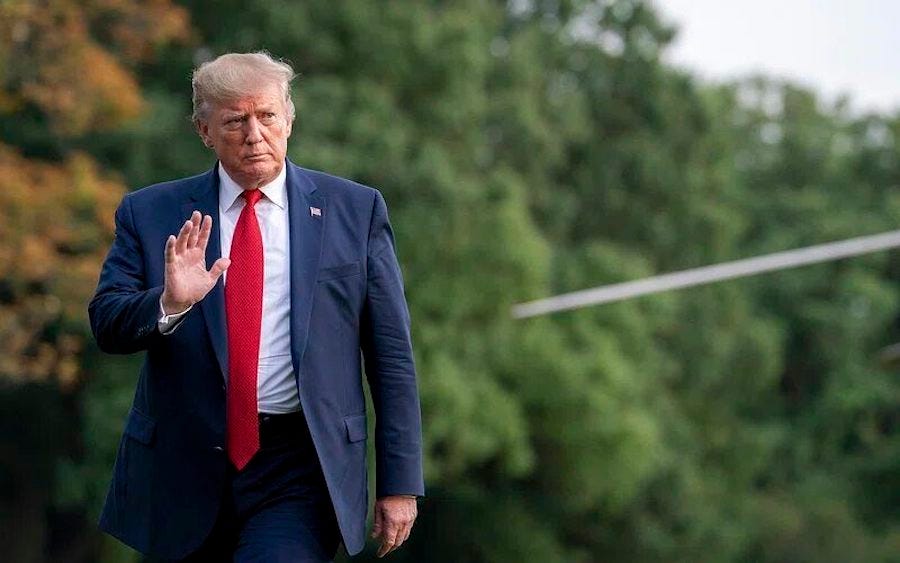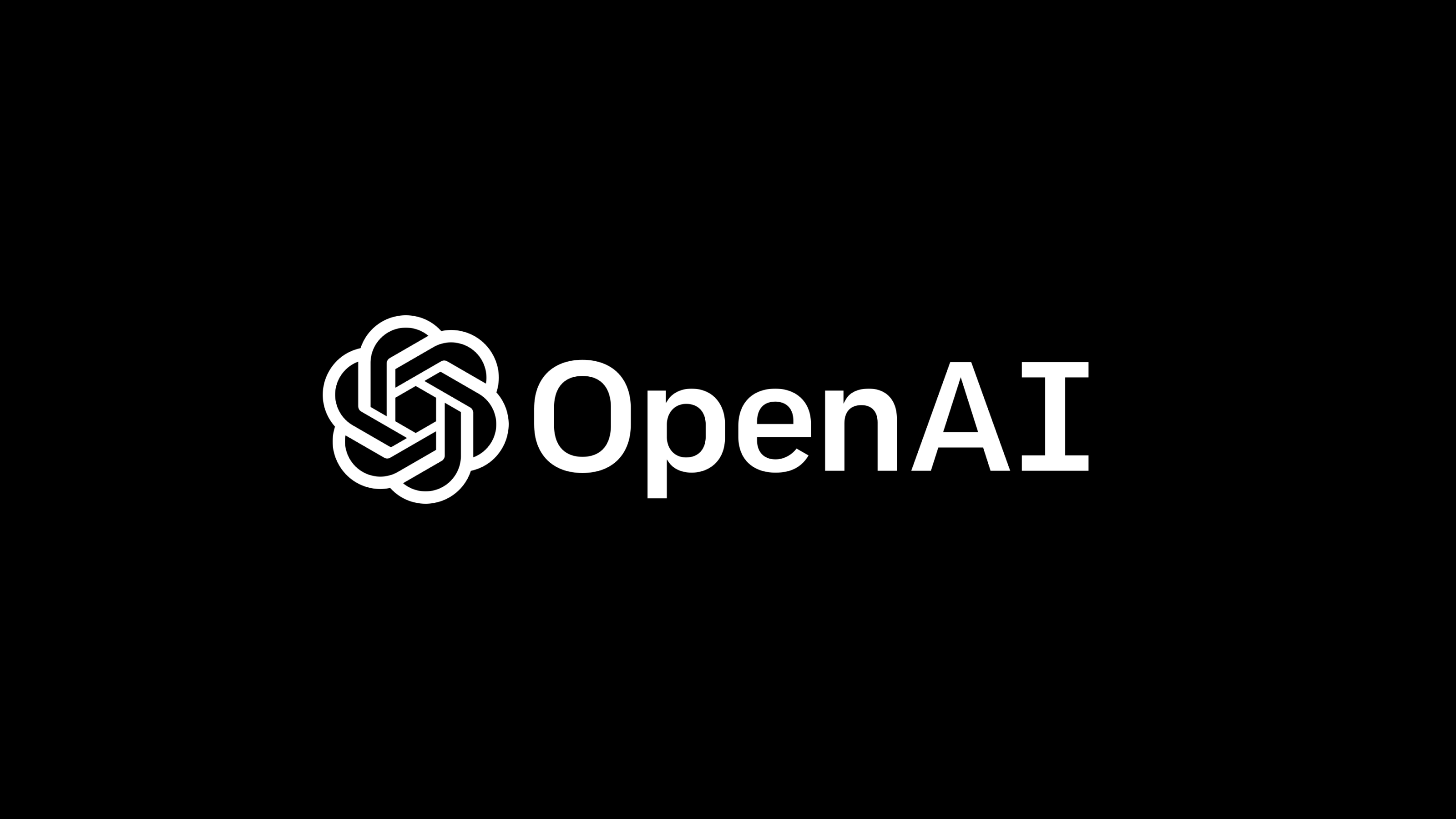
In the rapidly evolving landscape of artificial intelligence, few organizations command as much attention and influence as OpenAI. Headquartered in San Francisco, California, this American AI powerhouse has rapidly become a focal point in the ongoing AI boom, driven by an ambitious mission to develop “safe and beneficial” artificial general intelligence (AGI)—defined as “highly autonomous systems that outperform humans at most economically valuable work.” Its journey is a testament to the monumental challenges and unparalleled opportunities at the cutting edge of technological innovation.
From its origins as a non-profit entity to its current complex corporate structure, OpenAI’s trajectory reflects a relentless pursuit of groundbreaking AI capabilities. The stakes involved are not merely commercial; they touch upon profound questions of societal benefit, ethical governance, and the future of human endeavor. The narrative of OpenAI is a compelling blend of pioneering research, strategic maneuvers, and high-stakes controversies, all unfolding in an industry where billions of dollars are invested in the promise of transforming our world.
This in-depth look will unpack the critical milestones and pivotal moments that have defined OpenAI’s journey, from its idealistic founding to its current position at the forefront of the AI revolution. We will examine the core philosophies, key innovations, strategic partnerships, and internal dynamics that have shaped its path, offering a comprehensive understanding of the forces driving one of the most impactful organizations in modern technology.
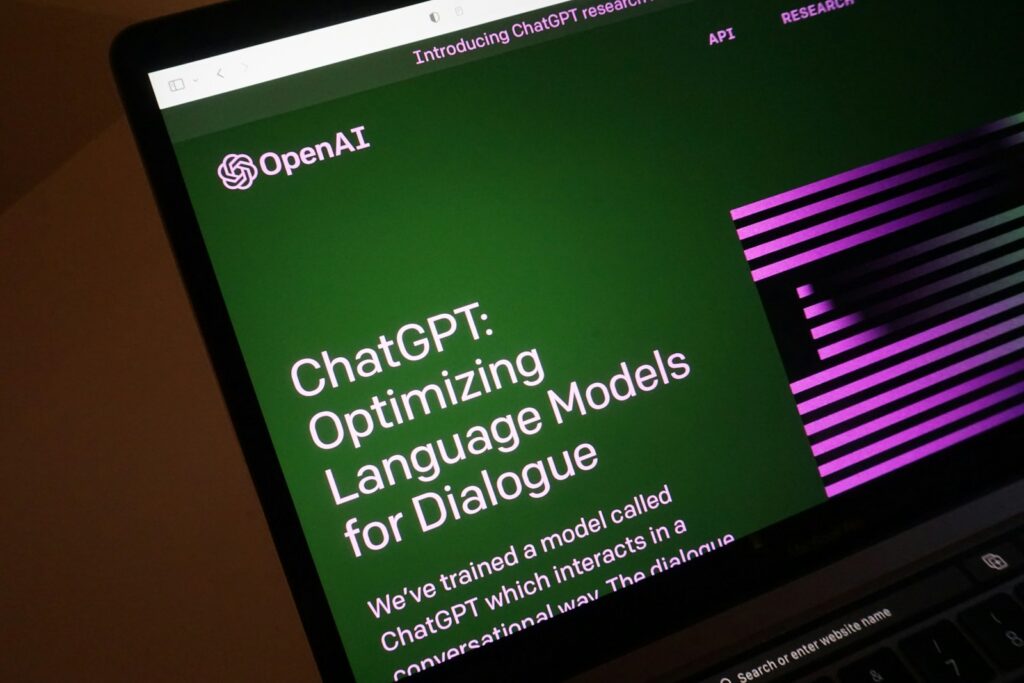
1. **OpenAI’s Foundational Vision: AGI for Humanity**OpenAI was established in December 2015 as a not-for-profit organization with a singular, profound mission: “to ensure that artificial general intelligence (AGI)—by which we mean highly autonomous systems that outperform humans at most economically valuable work—benefits all of humanity.” This founding principle, articulated in its charter, underscored a commitment to broad public benefit over private gain, setting an idealistic tone for its future endeavors.
Co-founders Sam Altman and Elon Musk, among others, were partly driven by significant concerns about AI safety and the potential existential risks posed by artificial general intelligence. They envisioned a future where human-level AI could dramatically benefit society, yet recognized the equally daunting possibility of severe damage if such powerful systems were built or used incorrectly. This dual perspective—of immense promise and inherent peril—has remained a cornerstone of OpenAI’s philosophical approach.
The organization stated its intention to “freely collaborate” with other institutions and researchers, aiming to make some of its patents and research openly accessible to the public. This ethos of openness was central to its early identity, suggesting a collaborative path toward AGI development. The early vision was clear: AI “should be an extension of individual human wills and, in the spirit of liberty, as broadly and evenly distributed as possible,” rather than concentrated in the hands of a few.

2. **Attracting Top Talent: The Mission Over Market Value**Despite its non-profit status, which initially prevented it from offering the lucrative stock options prevalent at tech giants like Google or Facebook, OpenAI managed to attract some of the brightest minds in AI research. In December 2015, Greg Brockman, after meeting with deep learning pioneer Yoshua Bengio, successfully recruited nine top AI researchers as the company’s first employees. This was a remarkable feat, considering the competitive landscape.
OpenAI’s ability to draw such talent stemmed largely from the compelling nature of its mission and the caliber of its founding team. Researchers were willing to forgo the substantial salaries and stock options offered by industry behemoths, drawn instead by the promise of working on a project with monumental societal implications. As one Google employee noted, he joined OpenAI “partly because of the very strong group of people and, to a very large extent, because of its mission.”
Even Wojciech Zaremba, a co-founder, stated that he turned down “borderline crazy” offers from other companies, valuing OpenAI’s purpose over personal financial gain. This early commitment to its mission allowed OpenAI to assemble a formidable team, despite spending a significant $7 million on its first 52 employees in 2016, a testament to the investment in human capital required for such ambitious research.
Read more about: Beyond the Couch: Unpacking Oprah Winfrey’s Billion-Dollar Business Blueprint and Enduring Cultural Impact
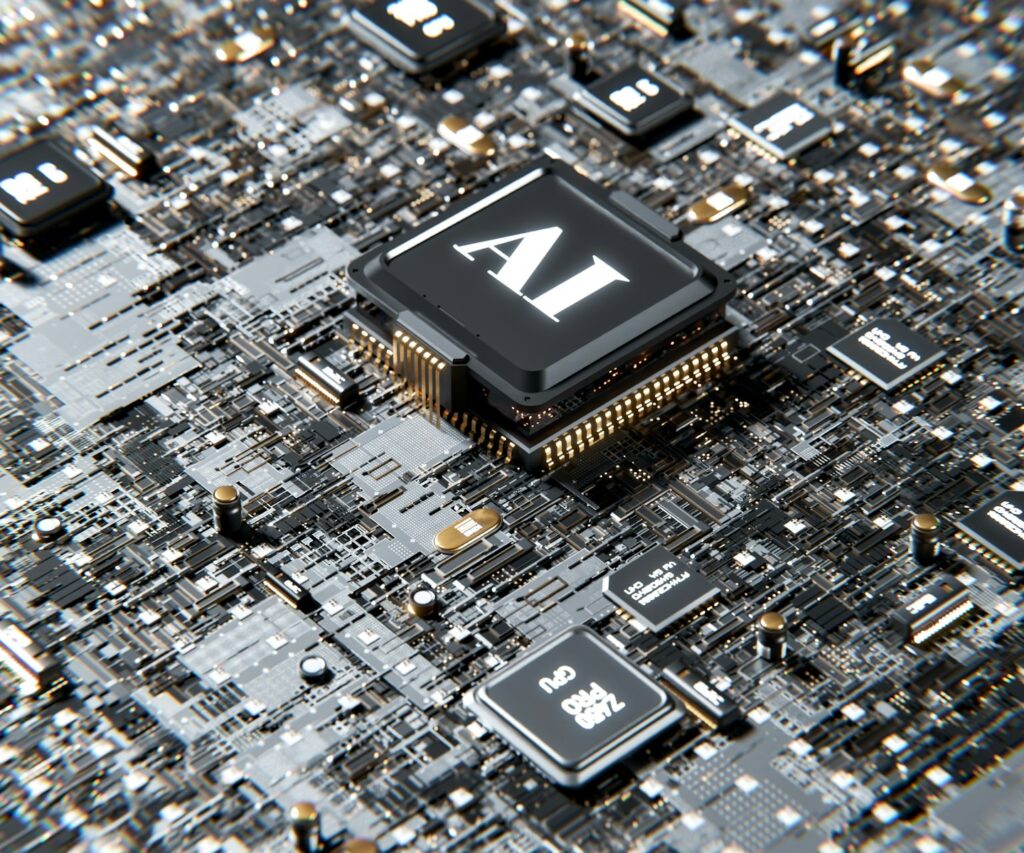
3. **Early Milestones in AI Development: Gym, Universe, GPT-2**OpenAI quickly moved from its initial formation to tangible contributions in the AI research community. In April 2016, it released a public beta of “OpenAI Gym,” a versatile toolkit designed for developing and comparing reinforcement learning algorithms. This platform provided a standardized environment for researchers to test and refine their AI models, fostering collaborative progress in the field.
Later that year, in August, Nvidia gifted OpenAI its first DGX-1 supercomputer. This significant hardware donation highlighted the growing recognition of OpenAI’s potential, enabling the organization to train larger and more complex AI models more efficiently, reducing processing times from days to mere hours. Such infrastructure was crucial for advancing the frontier of AI capabilities.
December 2016 saw the release of “Universe,” a software platform aimed at measuring and training an AI’s general intelligence across a vast array of games, websites, and other applications. These early platforms underscored OpenAI’s commitment to foundational research, laying the groundwork for the more advanced models that would follow, including the early iterations of the Generative Pre-trained Transformer (GPT) series, such as GPT-2, announced in February 2019, which gained considerable attention for its ability to generate remarkably human-like text.
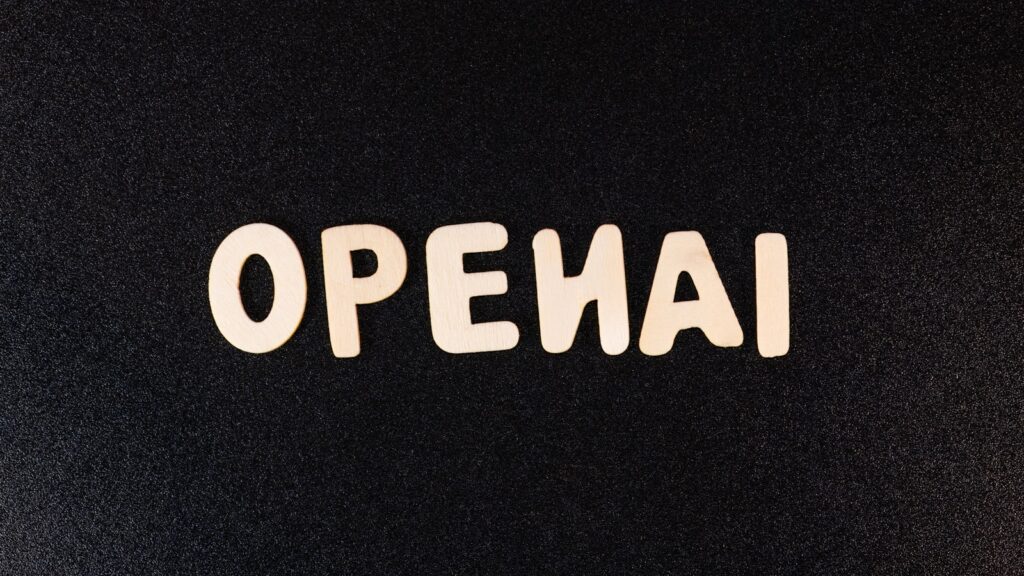
4. **The Pivot to Profit: A Capped Model for Capital and Talent**By 2019, the ambitious scale of OpenAI’s AGI mission necessitated a strategic shift from its purely non-profit structure. The sheer computational costs and the need to compete for top talent with for-profit tech giants demanded a different financial model. Consequently, OpenAI transitioned to a “capped” for-profit subsidiary, OpenAI Global, LLC, where profit was capped at 100 times any initial investment.
This complex corporate structure was designed to legally attract substantial investment from venture funds and to enable the granting of equity stakes to employees, a crucial incentive in the highly competitive AI talent market. The non-profit entity, OpenAI, Inc., remained the sole controlling shareholder of OpenAI Global, LLC, retaining a formal fiduciary responsibility to the non-profit charter. This arrangement aimed to balance commercial viability with its original mission.
However, this transition was not without its critics. Some researchers argued that the switch to for-profit status was inconsistent with OpenAI’s initial claims of “democratizing” AI. The complex governance, including restrictions on financial stakes for a majority of the non-profit board members, aimed to safeguard the original mission, but the fundamental shift highlighted the immense financial requirements of pursuing AGI and the difficult compromises necessary to achieve it.
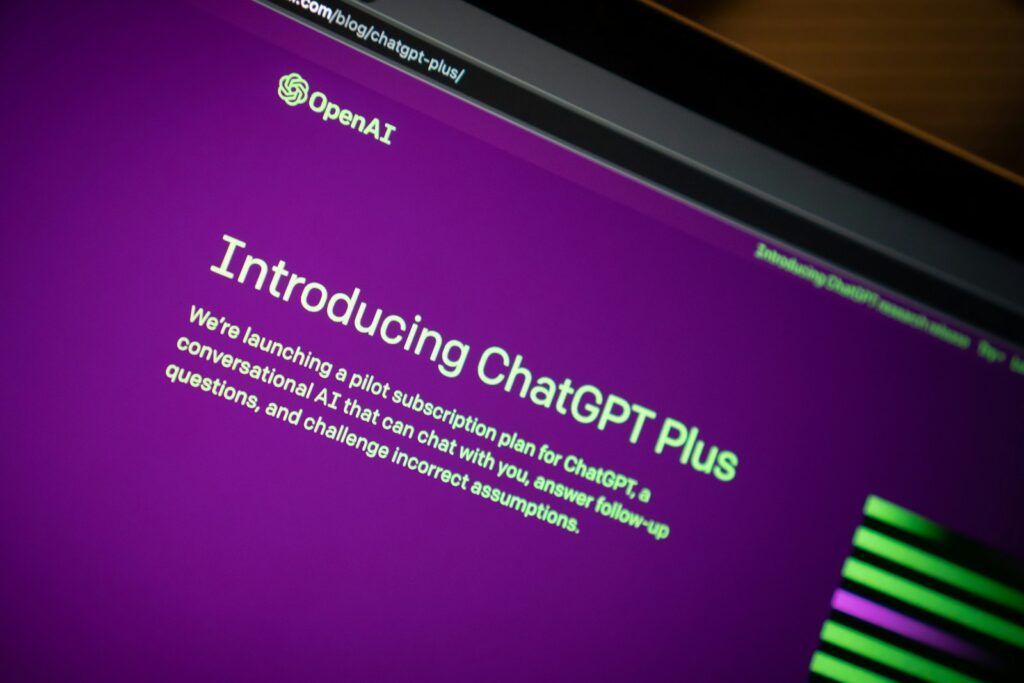
5. **Catalyzing Generative AI: From GPT-3 to ChatGPT’s Global Impact**OpenAI’s research began to yield increasingly powerful and publicly impactful models. In 2020, it announced GPT-3, a large language model trained on massive internet datasets, capable of natural language question answering, language translation, and coherently generating improvised text. This model, along with an associated API, marked OpenAI’s entry into commercial offerings, signaling its intention to license its technologies.
The true turning point, however, came with the release of ChatGPT in November 2022. This new AI chatbot, based on GPT-3.5, quickly captured widespread public and media attention. Within just five days, its free preview garnered over a million sign-ups, and by January 2023, ChatGPT had become the fastest-growing consumer software application in history, reaching over 100 million users in two months.
ChatGPT’s unprecedented success catalyzed widespread interest in generative AI, demonstrating its practical applications and potential to a global audience. This release not only propelled OpenAI into the spotlight but also triggered a competitive scramble across the tech industry, with companies like Google announcing their own similar AI applications, fearing that ChatGPT could threaten established information-seeking behaviors.
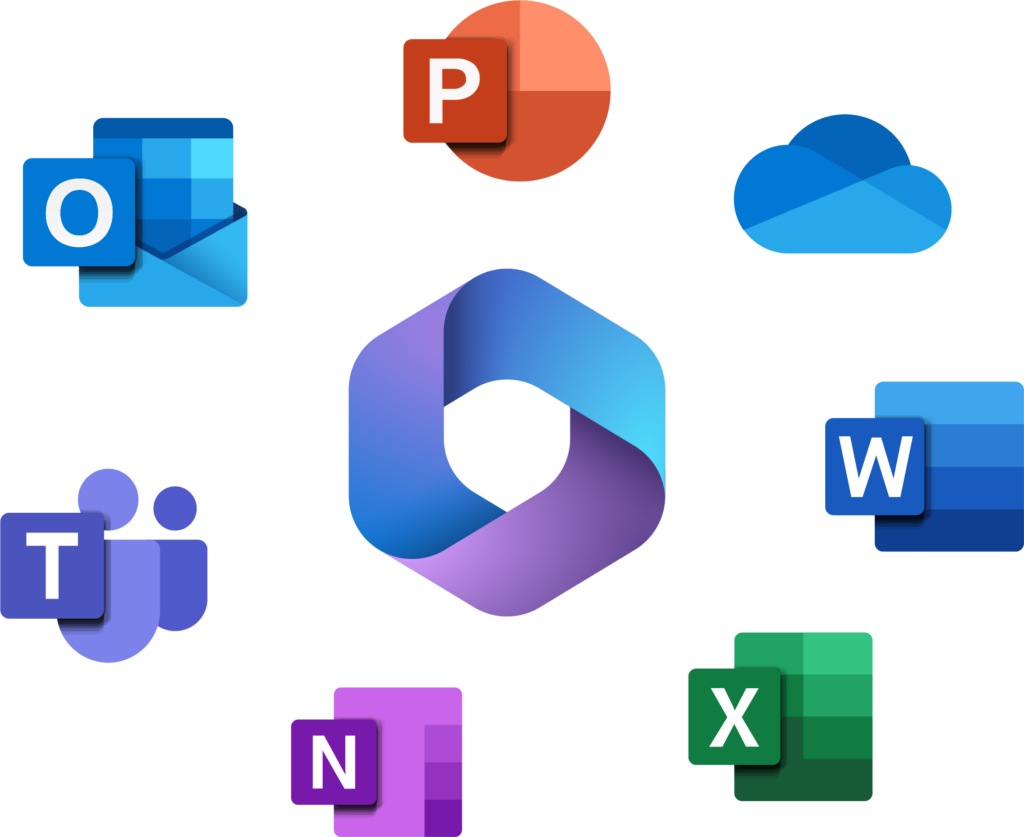
6. **The Microsoft Investment: Fueling Ambition and Infrastructure**A critical factor in OpenAI’s accelerated growth and technological advancement has been its deep partnership with Microsoft. Announced initially in 2019 with a $1 billion investment package, this alliance solidified in January 2023 when Microsoft unveiled a new US$10 billion investment in OpenAI Global, LLC, spread over multiple years. This funding was partially contingent on OpenAI utilizing Microsoft’s Azure cloud-computing service, making Microsoft an indispensable infrastructure provider.
This partnership provided OpenAI with the massive computational resources necessary to train and run its increasingly complex large language models, leveraging an Azure-based supercomputing platform. The collaboration extended beyond financial investment, with Microsoft integrating OpenAI’s AI technology across its product ecosystem, including rebranding its Copilot variants to Microsoft Copilot and integrating them into Windows 11, Windows 10, and dedicated mobile apps.
The symbiotic relationship allows Microsoft to enhance its product offerings with cutting-edge AI capabilities, while OpenAI gains access to unparalleled financial backing and computing power. This strategic alignment underscores the staggering capital requirements of scaling advanced AI, demonstrating how crucial large-scale corporate partnerships are in the race to develop sophisticated AGI.
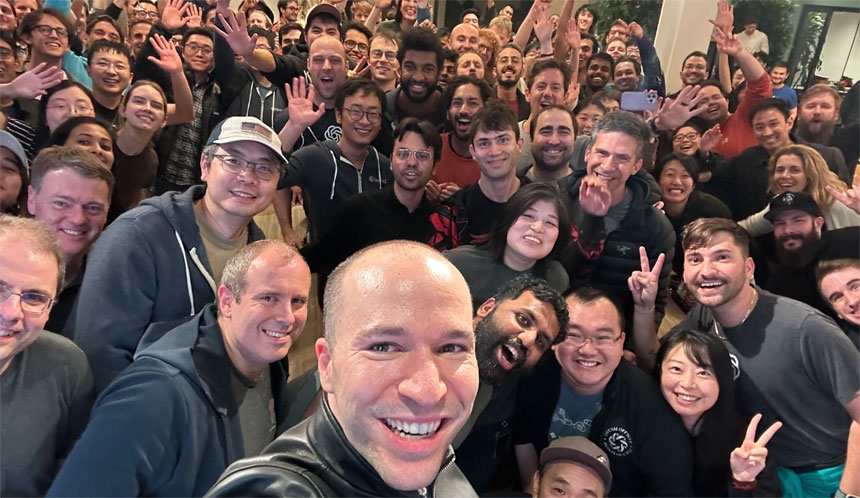
7. **The Sam Altman Saga: A Boardroom Drama’s Deep Implications**In November 2023, OpenAI was rocked by a dramatic internal upheaval when its board of directors, citing a “lack of confidence,” removed Sam Altman as CEO. This decision sent shockwaves through the tech world, leading to the resignation of President Greg Brockman and several senior researchers, including the director of research and GPT-4 lead Jakub Pachocki. The interim CEO role was initially filled by Chief Technology Officer Mira Murati, then by Emmett Shear.
Investor pressure, particularly from Microsoft and Thrive Capital, quickly mounted for Altman’s reinstatement. The crisis escalated as approximately 738 of OpenAI’s 770 employees, including Murati and Chief Scientist Ilya Sutskever, signed an open letter threatening to quit and join Microsoft if Altman was not rehired and the board resigned. This unprecedented show of solidarity underscored the deep loyalty and trust placed in Altman by the majority of the workforce.
Following intense negotiations, Altman and Brockman returned to their prior roles, accompanied by a reconstructed board. This dramatic five-day period exposed the fragile governance structure of OpenAI and highlighted the critical role of key leadership in an organization at the forefront of such transformative technology. The incident also led to Microsoft appointing a non-voting observer to the board in November 2023, though Microsoft later resigned from the board in July 2024, signaling evolving dynamics within the partnership. Subsequent to these events, many employees, including most of the original leadership team and a significant number of AI safety researchers, gradually left OpenAI throughout 2024.
In the ongoing saga of OpenAI’s ascendancy, the narrative extends far beyond its technological breakthroughs to encompass a labyrinth of aggressive financial strategies, an ever-expanding ecosystem built through shrewd acquisitions and alliances, a deepening engagement with government sectors, and a thorny thicket of ethical, legal, and transparency challenges. This next chapter peels back the layers of OpenAI’s strategic maneuvers, revealing the true stakes in the race for artificial general intelligence.

8. **Financial Juggernaut: Soaring Valuations and Strategic Capital Raises**OpenAI’s journey from a non-profit aspiration to a multi-billion-dollar enterprise is a financial marvel, reflecting the immense capital requirements of cutting-edge AI research. Initially, a total of $1 billion in capital was pledged by various prominent investors, though the actual collected amount only reached $130 million by 2019. Despite this, the organization’s commitment to its mission saw a significant expenditure of $7 million on its first 52 employees in 2016, underscoring the early investment in human capital.
The strategic transition to a capped for-profit subsidiary in 2019 was a direct response to the need for substantial investment and the ability to offer equity to attract top talent. This shift paved the way for a crucial $1 billion investment package from Microsoft, which also tied OpenAI’s systems to Microsoft’s Azure-based supercomputing platform. This marked the beginning of a rapid escalation in financial backing and valuation.
Subsequent years saw a dramatic acceleration in OpenAI’s financial trajectory. In January 2023, talks for funding valued the company at $29 billion, double its 2021 valuation, soon followed by Microsoft’s new US$10 billion investment over multiple years. By April 2025, OpenAI raised $40 billion at a staggering $300 billion post-money valuation, marking it as the highest-value private technology deal in history, led by SoftBank and including other major investors like Microsoft, Coatue, Altimeter, and Thrive. These figures illustrate not just financial growth but also intense investor confidence.
Further solidifying its financial might, OpenAI completed a $6.6 billion capital raise in October 2024, achieving a $157 billion valuation with contributions from Microsoft, Nvidia, and SoftBank. In October 2025, an employee share sale to existing investors, worth up to $10 billion, valued the company at an astounding $500 billion. This monumental valuation positioned OpenAI as the most valuable privately owned company in the world, surpassing SpaceX, highlighting the explosive growth and perceived potential of its AI innovations.
Despite these massive capital inflows, OpenAI’s cash burn remains exceptionally high due to the intensive computational costs associated with training and running large language models. The company projected a loss of $8 billion in 2025 and has significantly revised its long-term spending projections, anticipating approximately $115 billion through 2029. This aggressive spending, primarily on compute infrastructure, proprietary AI chips, data centers, and intensive model training, underscores a strategic prioritization of market expansion and technological advancement over near-term profitability, with a target of cash flow positive operations by 2029 and projected revenue of $200 billion by 2030.
9. **The Acquisition Spree: Building an AI Empire Through Strategic Buyouts**Beyond its organic research and development, OpenAI has strategically expanded its capabilities and talent pool through a series of key acquisitions, cementing its position as a burgeoning AI empire. These targeted buyouts illustrate a clear intent to broaden its digital infrastructure, creative tools, and collaboration platforms.
In August 2023, OpenAI made its first notable acquisition, bringing the New York-based startup Global Illumination into its fold. This move was aimed at leveraging AI to develop advanced digital infrastructure and innovative creative tools, integrating new expertise into OpenAI’s burgeoning ecosystem.
The expansion continued in June 2024 with the acquisition of Multi, a startup specializing in remote collaboration. This acquisition hinted at OpenAI’s interest in enhancing human-AI interaction and productivity tools, further diversifying its product offerings beyond core AI models.
March 2025 saw OpenAI secure a significant deal with CoreWeave, acquiring $350 million worth of shares and, crucially, gaining access to their AI infrastructure in exchange for $11.9 billion paid over five years. This strategic alliance with a key infrastructure provider, already a major partner for Microsoft, was aimed at bolstering OpenAI’s computational backbone and ensuring robust support for its demanding AI models. The simultaneous renegotiation of terms with Microsoft further emphasized a forward-looking strategy, likely anticipating a potential future initial public offering.
In May 2025, OpenAI announced another high-profile acquisition: the $6.5 billion purchase of io, an AI hardware startup founded by former Apple designer Jony Ive in 2024. This move signaled a strong strategic interest in vertical integration, particularly in the realm of AI hardware, as the company seeks to optimize its AI systems from the ground up and potentially reduce reliance on external hardware providers.
By September 2025, the company continued its acquisitive streak by agreeing to acquire the product testing startup Statsig for $1.1 billion in an all-stock deal. This acquisition also brought in Statsig’s founding CEO, Vijaye Raji, as OpenAI’s chief technology officer of applications, underscoring the dual benefit of acquiring both technology and top-tier talent. Concurrently, OpenAI announced plans to develop an AI-driven hiring service, aiming to challenge established platforms like LinkedIn, demonstrating its ambitious reach into various industry sectors. The year concluded with the acquisition of personal finance app Roi in October 2025, suggesting a further expansion into consumer-facing AI applications.

10. **Forging Alliances: Corporate Partnerships Powering AI Advancement**OpenAI’s rapid ascent has been significantly fueled by a network of strategic corporate partnerships, extending its reach across hardware, cloud computing, and consumer applications. These alliances provide essential resources and expand the deployment of its groundbreaking AI models.
In a move to reduce its dependence on Nvidia GPUs, which are both costly and in high demand, OpenAI began collaborating with Broadcom in 2024. The objective was to design a custom AI chip, capable of both training and inference, targeted for mass production in 2026 and to be manufactured by TSMC in a 3 nm node. This initiative highlights OpenAI’s ambition to control its own hardware destiny and optimize its compute infrastructure.
Beyond hardware, OpenAI has forged partnerships to integrate its AI into diverse sectors. In January 2024, Arizona State University became the first university to purchase ChatGPT Enterprise, signaling a growing adoption in academic and institutional settings. Similarly, in June, Apple Inc. signed a contract with OpenAI to integrate ChatGPT features into its products as part of its new Apple Intelligence initiative, bringing OpenAI’s capabilities to a vast consumer base.
Diversifying its cloud computing infrastructure, OpenAI began renting Google Cloud’s Tensor Processing Units (TPUs) in June, supporting ChatGPT and related services. This marked OpenAI’s first meaningful use of non-Nvidia AI chips in a major cloud environment, showcasing a pragmatic approach to securing computational power. This expansion beyond Microsoft Azure demonstrated a keen strategic eye on leveraging varied computing resources.
As the demand for computational power soared, OpenAI announced massive deals for computing resources. In September 2025, it signed a contract with Oracle to purchase $300 billion in computing power over the next five years. This was followed by a partnership with NVIDIA that included a potential deployment of at least 10 gigawatts of NVIDIA systems and a colossal $100 billion investment from NVIDIA in OpenAI. October 2025 brought another multi-billion dollar deal with AMD, committing to purchase six gigawatts of AMD chips, starting with the MI450, and offering an option to buy up to 10% of AMD shares based on performance targets.
However, these expansive corporate collaborations have not been without controversy. OpenAI faced criticism for outsourcing the annotation of datasets to Sama, a San Francisco-based company employing workers in Kenya. These workers, tasked with moderating toxic content, including detailed descriptions of ual violence, reported mental scarring. The disparity in pay, with OpenAI paying Sama $12.50 per hour while annotators received between $1.32 and $2.00 after tax, highlighted ethical concerns surrounding the global supply chain of AI development and the hidden human cost of building ‘safe’ AI.
Read more about: Behind the Drone Curtain: Unpacking Russia’s Ambitious Drive to Dominate Unmanned Warfare
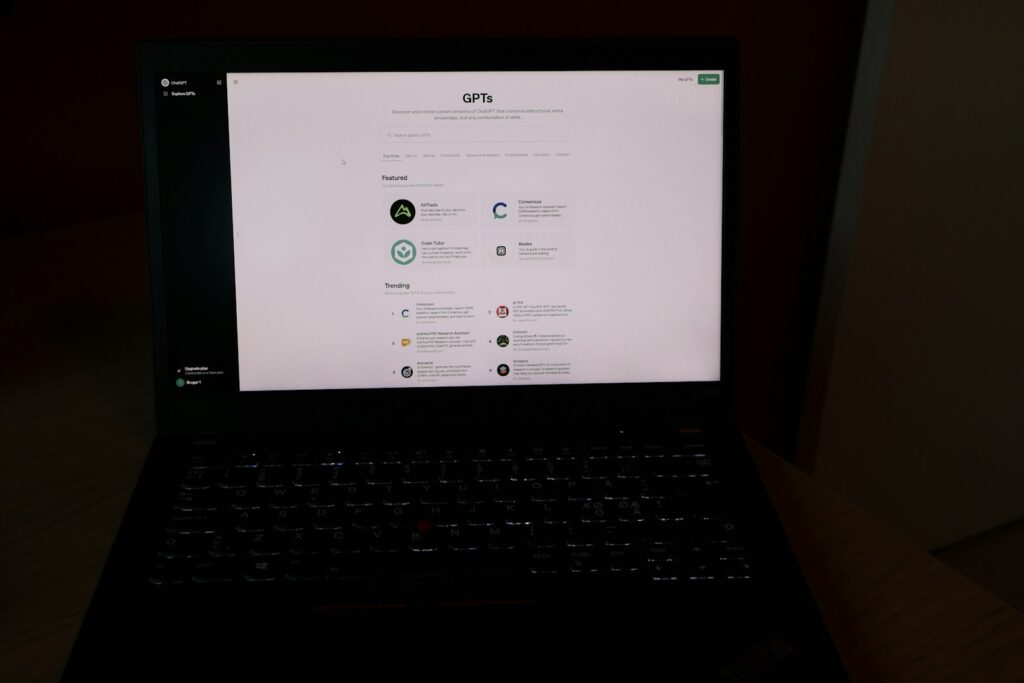
11. **Stepping into the Public Sector: OpenAI’s Growing Government Footprint**OpenAI’s influence is increasingly extending beyond the commercial tech realm, embedding its advanced AI capabilities within government and defense sectors. This represents a significant evolution in its role, transforming it into a key player in national security and public service innovation.
The organization currently provides large language models (LLMs) to critical government initiatives such as the Artificial Intelligence Cyber Challenge and the Advanced Research Projects Agency for Health (ARPA-H). These engagements demonstrate the trust placed in OpenAI’s technology for sensitive and strategic applications, from cybersecurity to healthcare advancement.
A revealing report in October 2024 by The Intercept disclosed that OpenAI’s tools are considered “essential” for AFRICOM’s mission, indicating their integration into crucial defense operations and a contractual agreement between the United States Department of Defense and Microsoft. Furthermore, in December 2024, OpenAI announced a partnership with defense-tech company Anduril to develop drone defense technologies for the United States and its allies, overtly aligning its AI with military applications.
This deepening involvement is also reflected in personnel movements. In 2025, OpenAI’s Chief Product Officer, Kevin Weil, was commissioned as a lieutenant colonel in the U.S. Army to join Detachment 201 as a senior advisor. Such appointments highlight the growing interconnections between leading AI organizations and national defense strategies, blurring the lines between private innovation and public security.
In a landmark development in June 2025, the U.S. Department of Defense awarded OpenAI a $200 million one-year contract specifically for developing AI tools for military and national security applications. Concurrently, OpenAI launched a new program, ‘OpenAI for Government,’ designed to provide federal, state, and local governments with direct access to its models, including ChatGPT. In the same month, the company struck a deal with the UK Government to integrate ChatGPT and other AI tools into public services, further illustrating its global ambition to shape governance through AI. These initiatives position OpenAI not just as a technology provider but as a strategic partner in governmental innovation and defense.
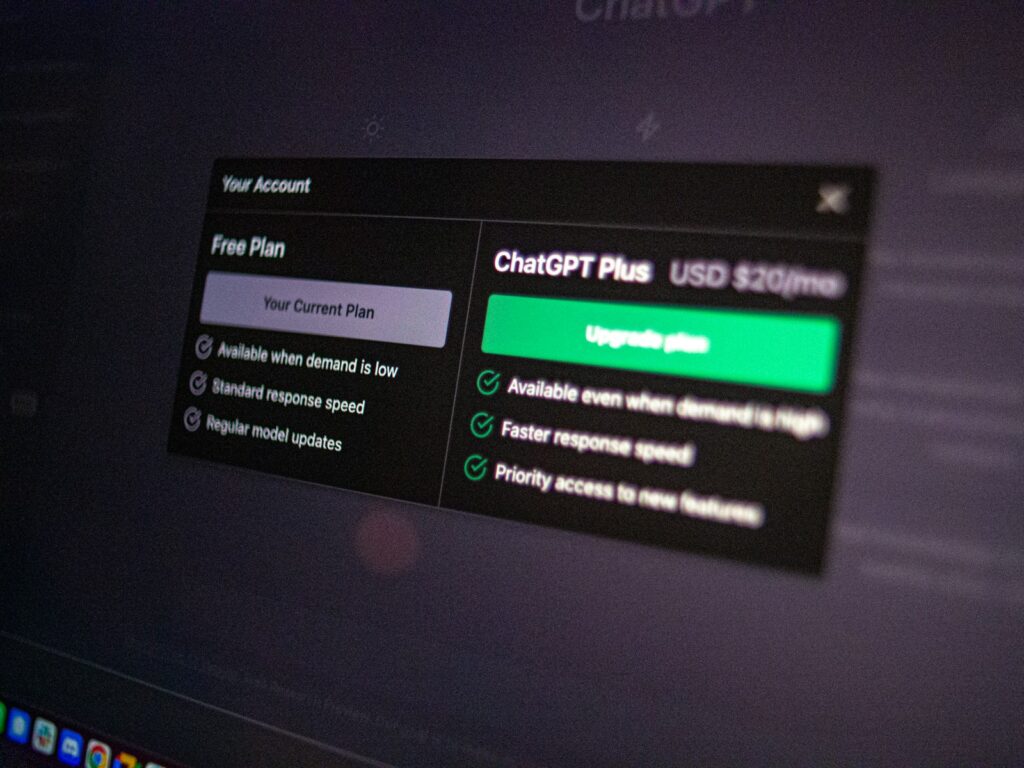
12. **The Transparency Tightrope: Balancing Openness with Commercial and Safety Concerns**OpenAI’s early commitment to openness, including making some of its patents and research public, has been increasingly challenged by its rapid commercialization and the escalating stakes of AI development. The organization now finds itself walking a tightrope between its original ethos and the imperatives of competition and safety.
In March 2023, the company faced considerable criticism for disclosing remarkably few technical details about advanced products like GPT-4. This strategic shift directly contradicted its initial charter, which emphasized open collaboration. The lack of transparency made it significantly harder for independent researchers to replicate OpenAI’s work, scrutinize its methodologies, and develop essential safeguards, raising concerns within the broader AI community.
OpenAI justified this strategic turn by citing both competitiveness and safety concerns. Its former chief scientist, Ilya Sutskever, articulated in 2023 that open-sourcing increasingly capable models was becoming inherently riskier, arguing that the safety reasons for not making the most potent AI models publicly accessible would become “obvious” within a few years. This perspective underscores a fundamental tension between accelerating AI progress and ensuring its responsible development.
The debate over transparency also extends to the realm of AI regulation, where OpenAI has actively engaged in policy discussions. In September 2024, OpenAI’s global affairs chief endorsed the UK’s “smart” AI regulation during testimony to a House of Lords committee, indicating a preference for targeted, adaptable oversight. However, domestically, OpenAI has advocated for preempting state AI laws with federal legislation, specifically opposing California’s AI legislation on the grounds that it encroaches on a more competent federal government. Public Citizen, a consumer advocacy group, countered this, arguing that OpenAI’s growth and valuation demonstrate that existing state laws have not hindered innovation, highlighting the complex and self-serving nature of some of the company’s lobbying efforts.
Further complicating its stance on openness, in February 2025, CEO Sam Altman expressed interest in collaborating with the People’s Republic of China, despite regulatory restrictions imposed by the U.S. government. This shift was partly influenced by the growing impact of Chinese AI company DeepSeek, which has disrupted the market with its open models. In response to DeepSeek’s influence, and amid allegations that DeepSeek had improperly copied OpenAI’s distillation techniques, OpenAI overhauled its security operations to better guard against industrial espionage, showcasing a pragmatic, if contradictory, approach to global competition and intellectual property in the AI arms race.
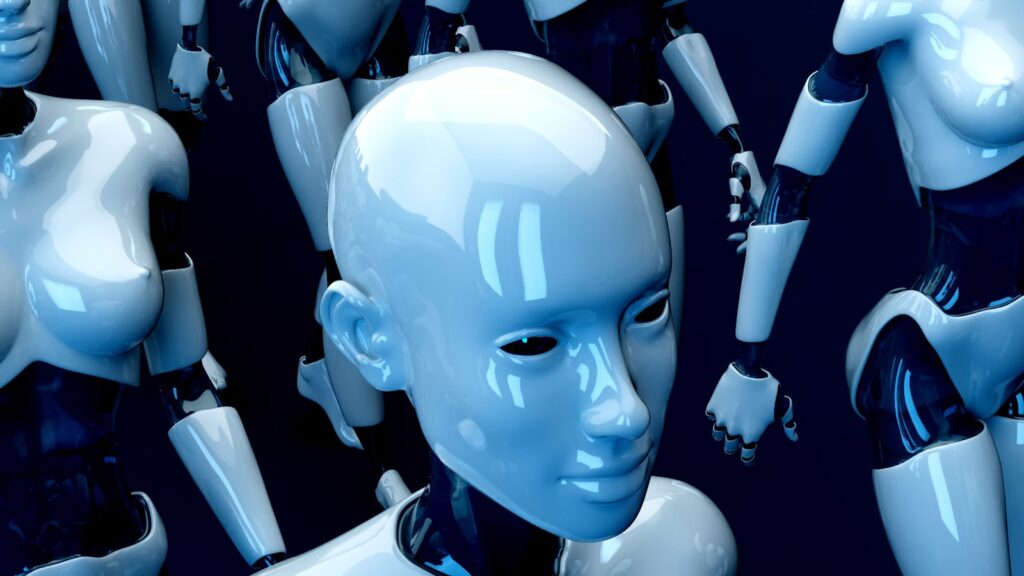
13. **Navigating the Legal Minefield: Copyright Battles and Regulatory Scrutiny**As OpenAI pushes the boundaries of AI, it simultaneously navigates a complex and rapidly evolving legal and regulatory landscape, facing multiple lawsuits and investigations that challenge its data practices, ethical standards, and corporate governance. These legal skirmishes underscore the significant societal implications of large language models and their training methodologies.
In July 2023, OpenAI was hit with several high-profile copyright infringement lawsuits filed by authors such as Sarah Silverman, Matthew Butterick, Paul Tremblay, and Mona Awad. These were followed in September 2023 by another lawsuit from 17 authors, including literary giants like George R. R. Martin, John Grisham, Jodi Picoult, and Jonathan Franzen. The core of these complaints centered on allegations that OpenAI’s models were trained on copyrighted literary works without permission or adequate compensation, raising fundamental questions about intellectual property rights in the age of generative AI.
Concurrently, OpenAI found itself under the scrutiny of federal regulators. In July 2023, the FTC issued a civil investigative demand to investigate whether the company’s data security and privacy practices, particularly in developing ChatGPT, were unfair or harmful to consumers, including through reputational damage, in violation of Section 5 of the Federal Trade Commission Act of 1914. This investigation also scrutinized allegations that OpenAI scraped public data and generated false or defamatory information, compelling the company to provide comprehensive details on its technology and privacy safeguards. The FTC also voiced concerns about “circular spending” between OpenAI and Microsoft, where Microsoft’s cloud credits to OpenAI and shared engineering talent could potentially harm the public through anti-competitive practices.
Adding another layer of legal and ethical complexity, it was revealed that prior to May 2025, OpenAI required departing employees to sign lifelong non-disparagement agreements, forbidding them from criticizing the company and even acknowledging the existence of the agreement. Former employee Daniel Kokotajlo publicly stated that he forfeited his vested equity in OpenAI to avoid signing this restrictive pact. This practice drew significant controversy, raising questions about employee freedom of speech and corporate accountability.
While Sam Altman initially claimed unawareness of the equity cancellation provision and asserted that OpenAI never enforced it, leaked documents and emails later refuted this. This discrepancy prompted OpenAI to send a memo on May 23, 2024, releasing former employees from the non-disparagement agreement, a tacit acknowledgment of the problematic nature of these clauses. The ongoing legal battles and regulatory inquiries highlight the urgent need for clearer guidelines and ethical frameworks to govern the development and deployment of powerful AI technologies.

14. **The Future Frontier: Addressing AI Alignment and Societal Impact**OpenAI’s leadership is keenly aware that the immense power of advanced AI brings with it profound responsibilities, particularly regarding the alignment of future superintelligences with human values and the broader societal impact of its technologies. This awareness drives initiatives aimed at steering AI development toward beneficial outcomes, even amidst ongoing challenges.
In May 2023, Sam Altman, Greg Brockman, and Ilya Sutskever released recommendations for the governance of superintelligence, predicting its potential arrival within the next decade and foreseeing a “dramatically more prosperous future.” However, they also warned of the “possibility of existential risk,” advocating for a proactive approach. Their proposals included establishing an international watchdog organization akin to the IAEA to oversee highly capable AI systems, emphasizing that weaker AI should not be over-regulated, and calling for enhanced technical safety research and international coordination through joint projects.
Following these recommendations, OpenAI launched the ‘superalignment project’ in July 2023, committing to dedicate 20% of its computing resources over four years to automating alignment research using AI itself. The ambitious goal was to find a robust method to align future superintelligences. However, the team reportedly received far less than the promised computing resources, and the project ultimately ended in May 2024 following the resignations of its co-leaders, Ilya Sutskever and Jan Leike, amid concerns over safety and trust. This outcome underscores the profound difficulty and internal friction inherent in the pursuit of AI safety.
Further demonstrating the real-world challenges of AI deployment, OpenAI faced criticism in August 2025 when thousands of private ChatGPT conversations were inadvertently exposed to public search engines. This occurred due to an experimental ‘share with search engines’ feature, which, when accidentally enabled, made sensitive personal discussions discoverable. OpenAI promptly removed the feature and coordinated with search providers, clarifying that it was a design flaw, not a security breach, but one that severely heightened privacy risks. CEO Sam Altman acknowledged in a podcast that users often treat ChatGPT as a confidant, amplifying concerns about AI’s handling of intimate data and the need for robust privacy safeguards.
Despite these hurdles, OpenAI continues to push the boundaries of AI capabilities. In July 2025, reports indicated that AI models from both OpenAI and Google DeepMind achieved gold medal-level performance in mathematics problems at the International Mathematical Olympiad, a significant leap in AI’s reasoning abilities. A September 2025 study released by OpenAI also shed light on how people use ChatGPT for everyday tasks, finding that over 72% of usage pertained to ‘non-work tasks,’ suggesting broad integration into personal lives beyond mere productivity.
Read more about: The Unseen Lens: Unpacking the Global Forces That Gave the 1990s Its Distinctive and Pervasive ‘Look’
Looking ahead, OpenAI unveiled its Agent Builder platform in October 2025, featuring a drag-and-drop visual interface for developers and businesses to design, test, and deploy agentic workflows without extensive coding. This innovation points towards a future where AI agents become increasingly accessible and powerful, further embedding artificial intelligence into the fabric of daily life and industry. As OpenAI continues its relentless pursuit of AGI, its journey remains a captivating and at times contentious exploration of technology’s ultimate potential and its profound implications for humanity.


